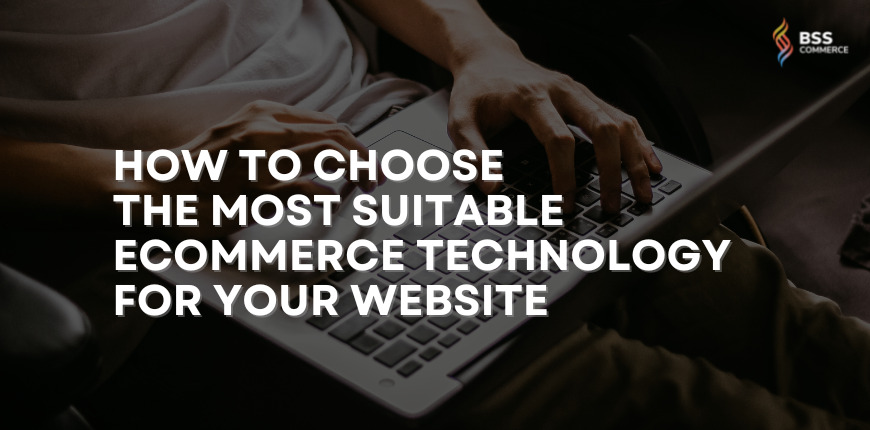Recently and constantly, there are so many new eCommerce solutions being introduced, such as PWA, Headless, and Composable Commerce, to name a few. Each has its hype and each seems like a great choice.
If you are doing or planning to do online business, you can easily get lost in that matrix when trying to build your website.
Thus, in this article, we will help you to choose the most suitable solution for your website.
Let’s explore!
All Ecommerce Technologies – Definitions, Pros & Cons
Table of Contents
Single Page Application (SPA)
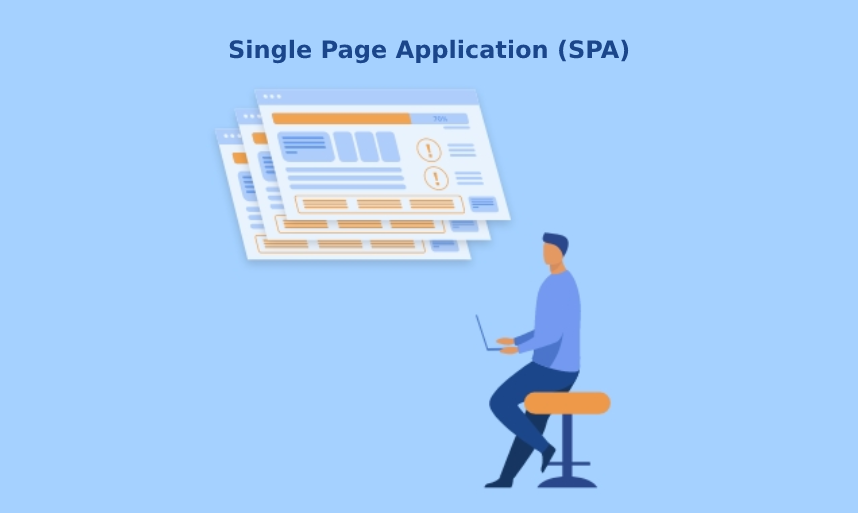
A SPA website is a website that does not use page refresh when navigating between pages. Instead, it dynamically replaces parts of a page when navigating.
It is often built with JavaScript frameworks like ReactVue, Svelte or Angular, but not necessarily.
Pros
Quick loading time
All resources are loaded during one session. When a user interacts with the page, only the necessary data is changed, which significantly increases website performance.
Seamless user experience
With SPA, users don’t have to watch a new page load, making the experience a more enjoyable one.
Ease in building feature-rich apps
SPA makes it easier to add advanced features to a web application.
Uses less bandwidth
SPA consumes less bandwidth since it only loads web pages once.
Cons
Doesn’t perform well with SEO
One important metric for search engines is the number of pages a website has.
However, with SPA, there are no separate URLs optimized for search engines, which is a disadvantage when ranking on search engines.
Uses a lot of browser resources
SPA requires many resources from the browser because the browser is doing most of the tasks.
Users usually need the latest browsers with support for some modern features.
Security issues
SPA is easier to be hacked and expose users’ sensitive data.
Multi Page Application (MPA)
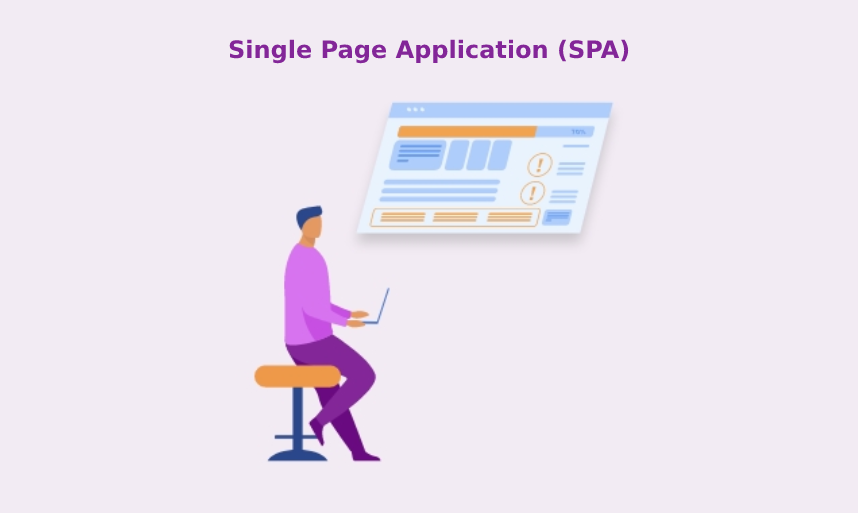
MPA is considered a traditional website.
It is a website that refreshes the entire page when navigating between pages. It means that resources like CSS, JS and images need to be reloaded on every page.
Nowadays, the frontend experience of MPA becomes more and more like SPA with technologies like “shared element transition API,” allowing page transitions.
Also, note that SPA and MPA can be overlapped. You don’t have to choose only one of the two.
Pros
SEO optimization
A website has multiple pages, and each page can be optimized for search engines.
Ease to scale
MPA makes it easy to create as many new pages for each product/service as you like and implement any changes in them.
Available ready-made solutions
MPA development requires a smaller technology stack. And there is a wide range of ready-made solutions (CMS) available for MPA.
Analytic capabilities
Website analytics tools like Google Analytics can be integrated into MPA web apps easily to track each page’s performance.
Cons
Possible performance issues
When there is a large number of requests, and it has to reload a large number of pages, the website performance can be slow.
Long development time
The front-end and back-end of an MPA web are deeply integrated. Thus it can take longer to develop and test it.
Maintenance and updates
It’s hard to provide technical support to a website with a lot of pages.
The issue also applies to security matters.
Progressive Web Application (PWA)
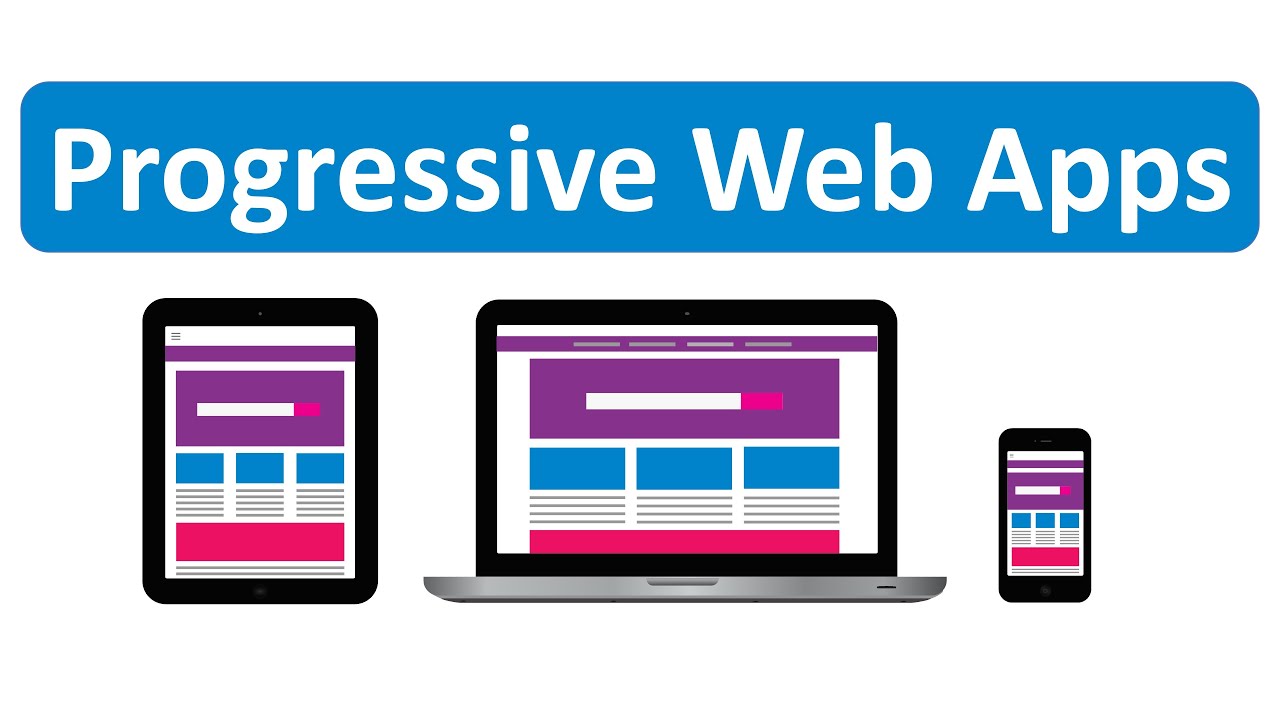
A PWA is a type of application software delivered through the web, almost like the combination of a web and an app.
It is designed to work on any device and give mobile users an experience on par with native apps.
The minimal PWA contains a manifest file with metadata and defines a service worker.
PWAs can optionally provide features like Push Notifications, Offline Support or “Add to home screen”.
Note that a PWA isn’t necessarily a SPA.
Pros
Strong performance
A PWA hardly requires any storage space and uses fewer resources than a native app, while the performance is comparable.
Support SEO
Because PWA is also a web, it can be read by Google’s crawlers and be ranked in search engine results.
Strong foundation for further development
A PWA acts as a strong basis for further development. With PWA, it’s possible to integrate cost-effective ‘web-games’ within a mobile app to then be made available in various app stores.
Cons
Cannot access device’s features
PWA can’t access many features on users’ devices, such as bluetooth or camera.
Still in the development phase
PWA and its compatibility and operating systems are still under development.
For example, Apple doesn’t support all PWA’s functionalities, so the user experience will be limited in some cases.
Headless eCommerce
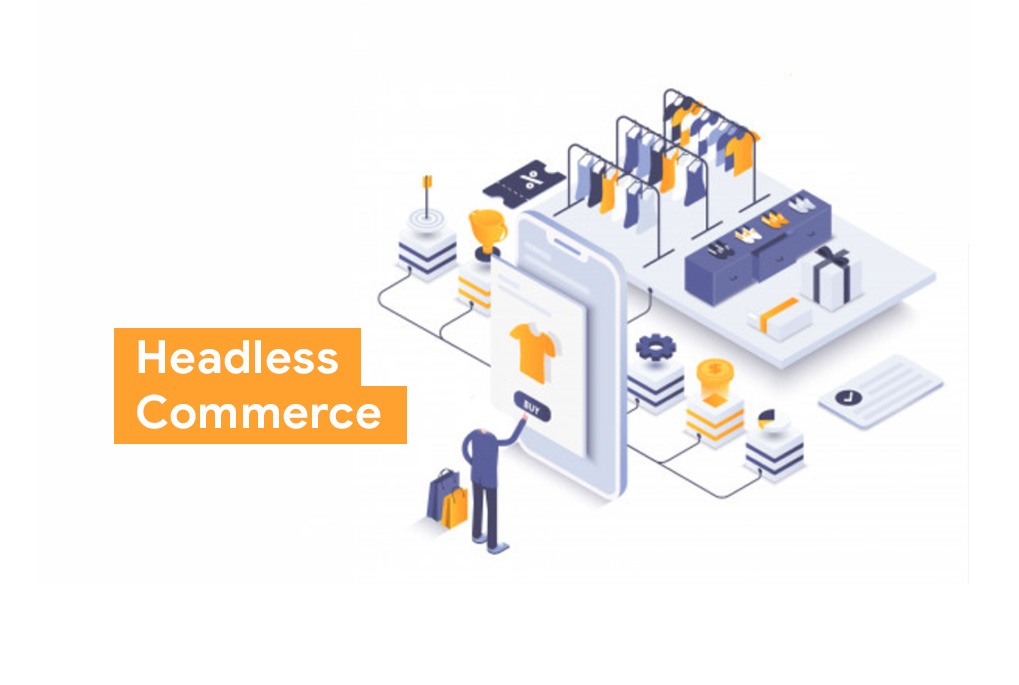
Headless eCommerce website is a website where the frontend and the backend application are developed separately from each other and often are based on different technologies.
For instance, this could be a React-or Vue-based frontend (PWA) that connects to Magento by using GraphQL as glue.
Examples: Vue Storefront, Adobe PWA Studio, FrontCommerce, Daffodil and GraphCommerce.
This could also be a PHP frontend application.
Pros
Omnichannel opportunities
A headless system allows sharing of content across a wide range of platforms. It means better marketing opportunities, more outlets for leads to find your business, and an improved conversion rate.
Better customer experience
Headless allows a consistent customer shopping experience across various platforms and devices, from mobile to voice command.
Moreover, headless also allows a more personalized experience.
Better flexibility
Headless provides a more flexible way for users to interact with the website.
You can offer many front-end interface options and quickly update the front-end layer without disturbing back-end processes.
Faster scaling
Because the front-end is separate, it’s easier for developers to make updates.
Cons
Potential additional costs
Because the front-end and back-end portions are decoupled, each one needs its own hosting and maintenance. It can potentially add additional costs to operate the website.
Another cost is to train team members or hire specialists to maintain the website for upgrades, security, bugs, design templates, etc.
Slow marketing adjustments
With the front-end separate, marketing teams need to rely heavily on IT to launch and update content. It can cause delays in time-sensitive campaigns.
No performance guarantees
Headless can’t guarantee a high-performing website. It’s required to build a team of quality-driven developers and designers to create a high-performing website.
Monolithic Application
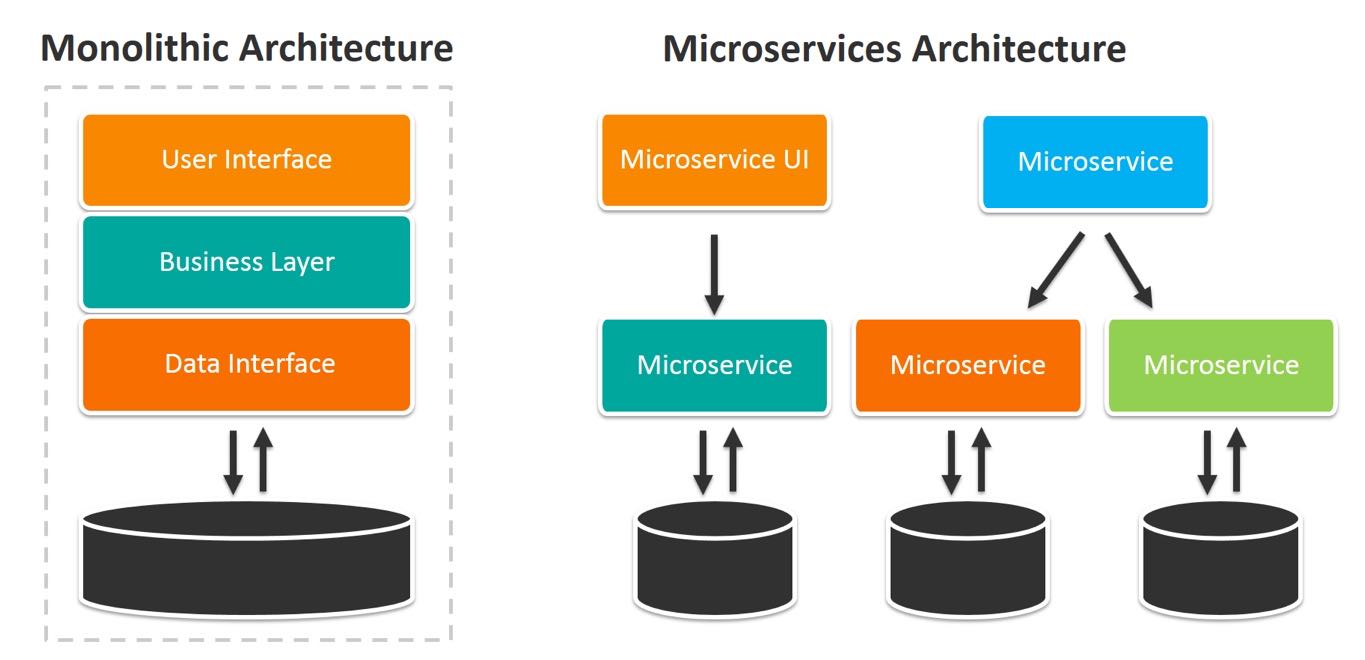
All parts of the software (UI, database access, frontend and backend) are combined in one single application.
The application is independent from other applications.
Magento has been a monolith for years. Then PWA providers like Vue Storefront, DEITY, FrontCommerce changed this.
Adobe adapted and implemented PWA Studio and GraphQL.
Pros
High simplicity
It’s easier to build, test and deploy using monolithic architecture.
Cross-cutting concerns
With a single codebase, it’s easier to handle cross-cutting concerns, such as logging, configuration management, etc.
Cons
Low reliability
An error in any of the modules can bring the entire application down.
Hard to updates
Due to a single large codebase and tight coupling, the entire application would have to deploy for each update.
Composable Commerce
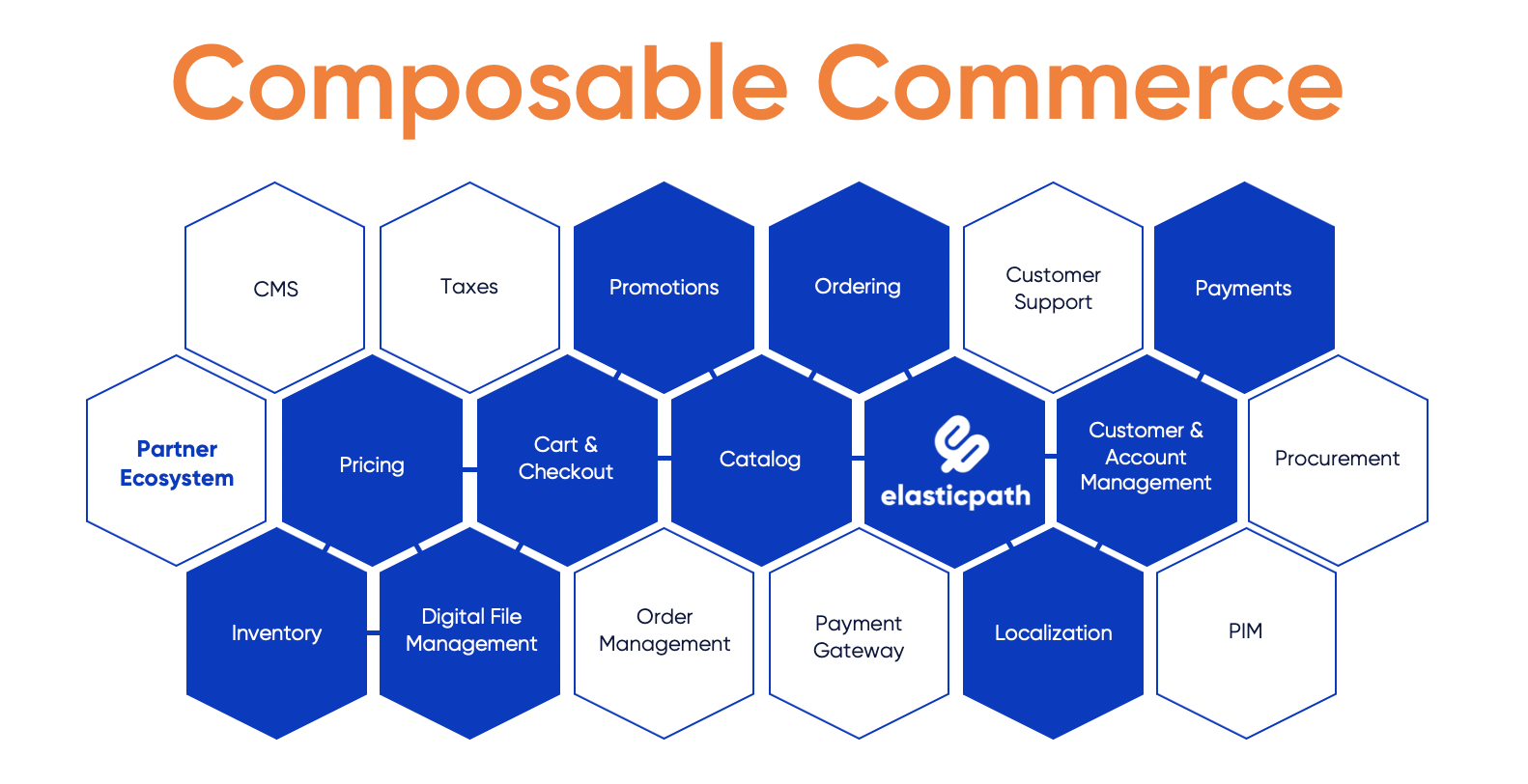
A business approach that reflects on your IT architecture, making any part of your business modular and exchangeable.
Composable Commerce often means “going headless”, though not strictly required. It could also include microservices or services in general.
This is currently considered the future of business.
Pros
High flexible
With the composable approach, there is so much flexibility to perfect the customer experience.
Moreover, you can make changes in your ecosystem whenever you want to keep up with tech innovation and changing customer demands without going through an entire re-platforming project.
Easier to integrate
With the composable approach, integrating different components is easier since they communicate through modern APIs.
Microservices can focus on specific tasks
A well-functioning Composable Commerce setup builds on microservices. Every component in the ecosystem is independent and has one specific purpose.
It gives you the freedom to upgrade, develop, and improve without affecting other parts of your ecosystem.
Cons
Multiple components to select and manage
Using a Composable Commerce ecosystem means you need to add multiple services and products from different vendors.
Skillset in the internal organization
To build a composable ecosystem, you have to ensure that you have a great team or partner to make the changes. If not, you will miss out on many essential upgrades, and the composable setup will not live up to its full potential.
How To Choose The Most Suitable Ecommerce Technology
Many website developers with years of experience agree that there isn’t a specific case that a specific solution is always better than other choices.
For example, it’s not always better for a store with large product data to go with the SPA rather than MPA.
It has to depend on the project to find the most suitable, emphasize “most suitable”, solution.
So below are 2 most important factors to consider when choosing eCommerce technology for your website.
Understand the technology thoroughly
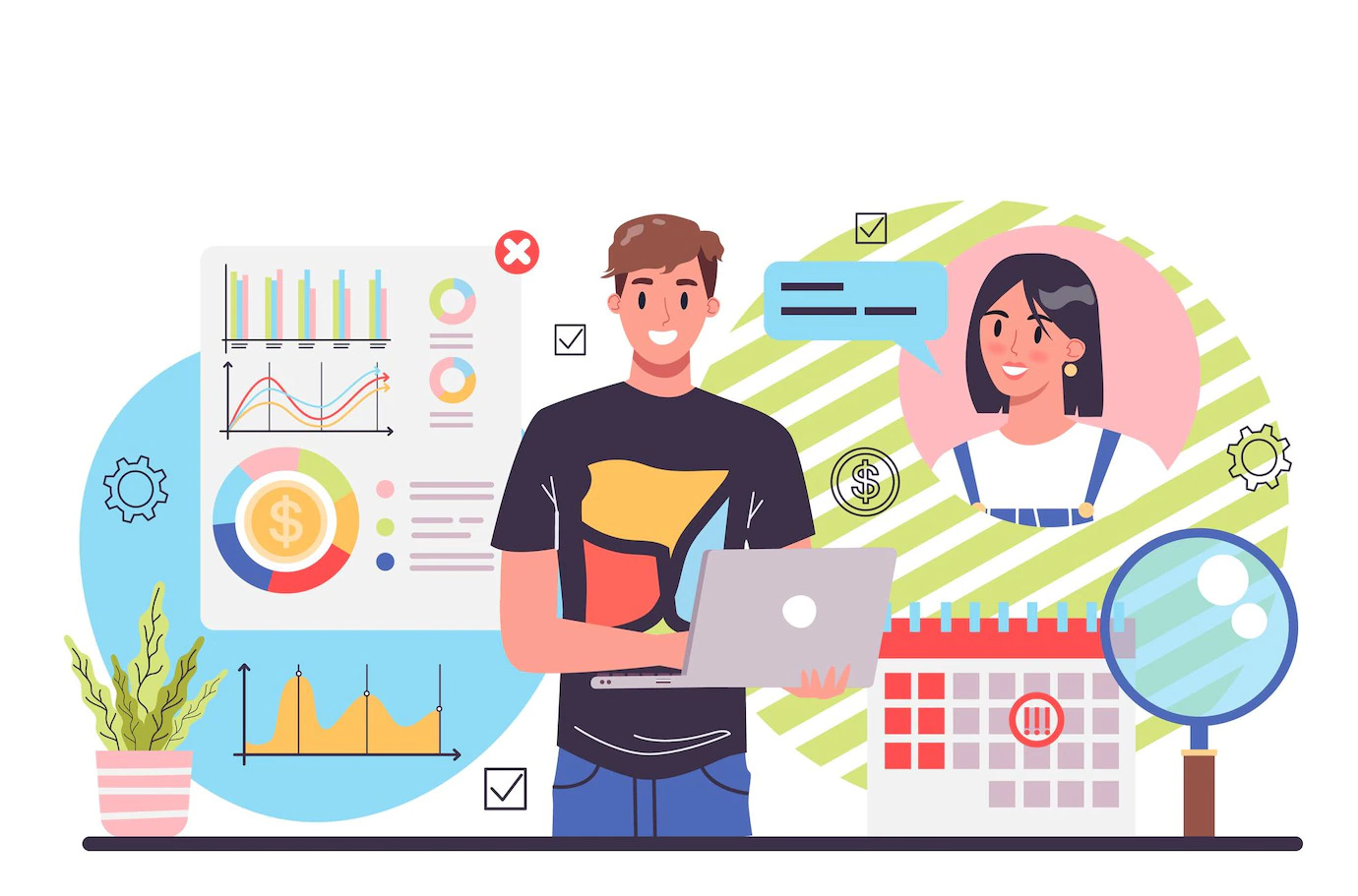
You shouldn’t blindly believe in new technology. New isn’t always better than old. New technology is built to solve old problems, but it also brings out new issues.
In many cases, store owners rush to change to newer technology only to regret it later.
For example, recently, PWA got a lot of hype. However, many merchants quickly got disappointed as they didn’t understand PWA doesn’t equal high performance. It still requires many practices to make a PWA website fast.
As we mentioned above, each solution has its pros and cons. So don’t just focus on the benefits. You need to learn about the drawbacks, too.
Balance the cost and potential revenue

When it comes to business, balancing cost and revenue is crucial.
A new solution brings many advanced features, but it usually costs higher to develop and test.
So if your business has high revenue and high complexity, often you should go for a newer solution.
However, if you just own a small/medium business, you should choose the solution that fits your budget the most.
The Best Magento Website Development Service
In case you are still confused about which technology fits your business’s demand the most, let us help you!
Hereby, we want to introduce you to the best eCommerce website development service:
BSS Commerce’s Magento Website Development Service
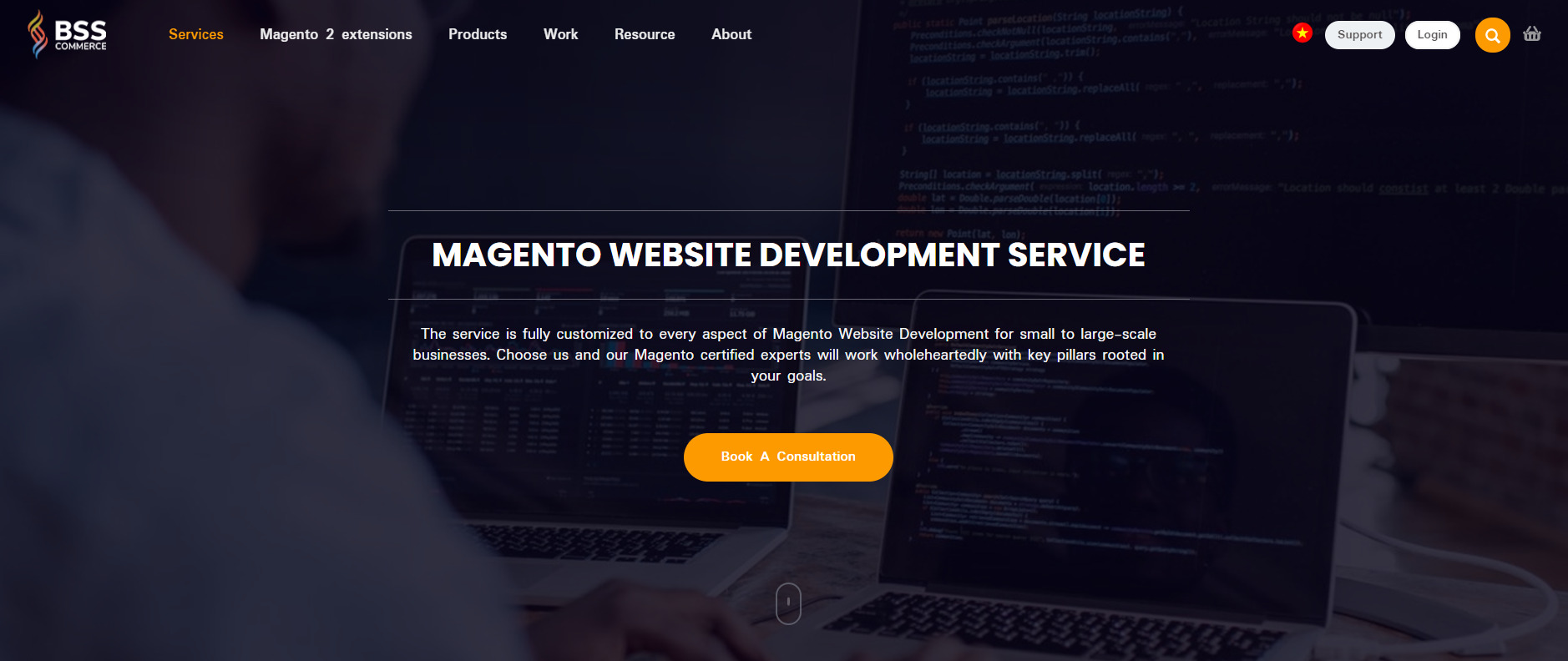
Our service provides a free consulting service, as our Magento solution specialists will analyze your needs to come up with optimal solutions based on the best business insight.
Moreover, Magento Website Development Service by BSS Commerce also offers:
- Integration: With third-party integrations (payment gateway systems, inventory management software, ERP systems, CRM systems, etc.), they strive to bring a seamless and unified Magento experience.
- Deployment: They help set up the deployment process for a highly customized website to help stores reach maximum performance.
- Maintenance & Optimization: They will accompany you after launching your website to help avoid issues and security vulnerabilities.
- Migration: If you already have a website using another platform, they can help you with the Magento migration and give you a feature-rich and customizable website.
- Build a website from scratch: They will accompany you from the very first step to launching a Magento website and whenever you need help.
Using our Magento development service, you are guaranteed to get a lightweight, experience-driven and high-security eCommerce website.
Conclusion
In this article, we have shown you all you need to know to choose the most suitable eCommerce technology for your website.
We hope this blog is helpful and good luck to you!
BSS Commerce is one of the leading Magento extension providers and web development services in the world. With experienced and certified Magento developers, we commit to bringing high-quality products and services to optimize your business effectively. Furthermore, we offer FREE Installation – FREE 1-year Support and FREE Lifetime Update for every Magento extension.
CONTACT NOW to let us know your problems. We are willing to support you every time.
